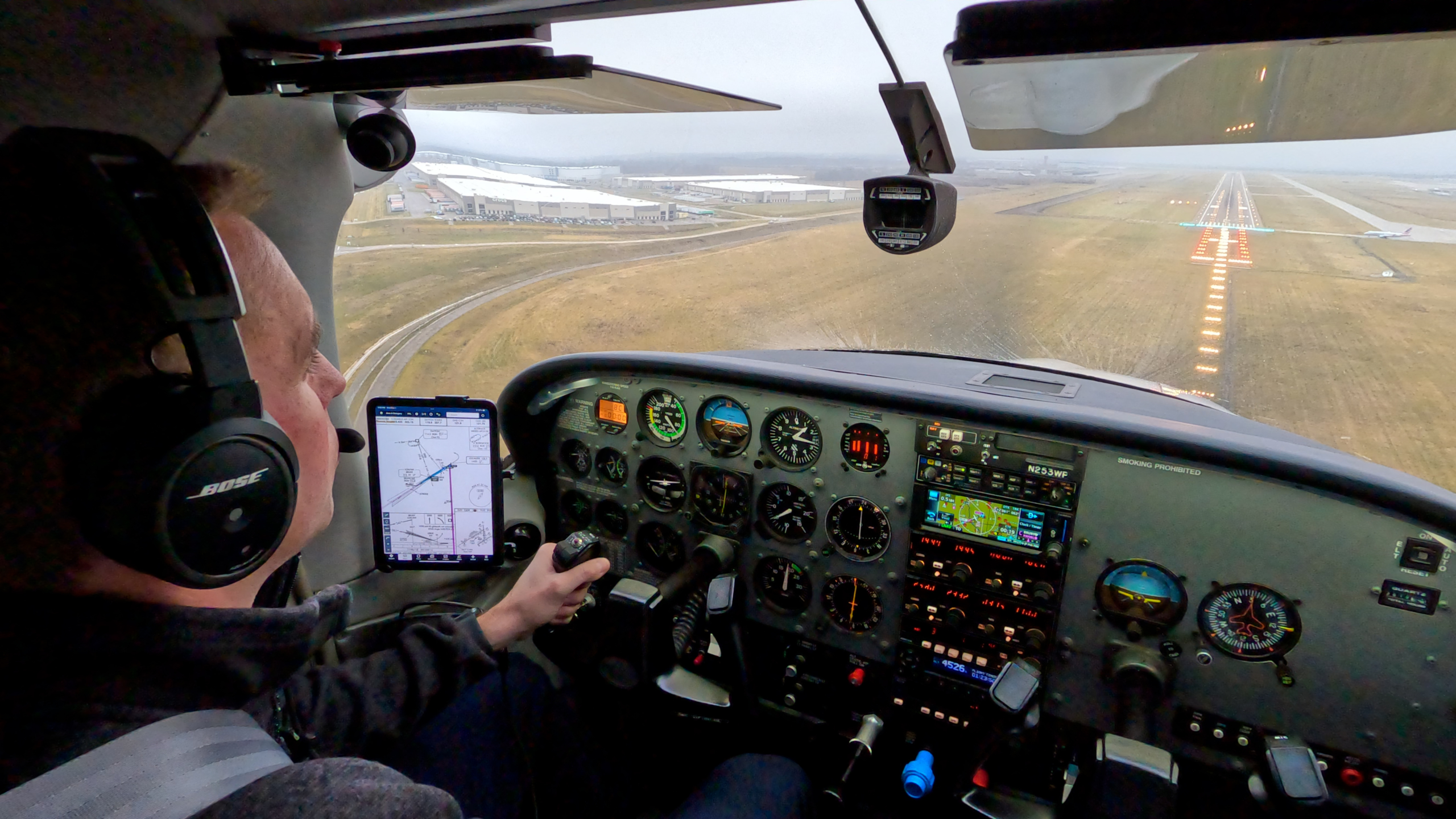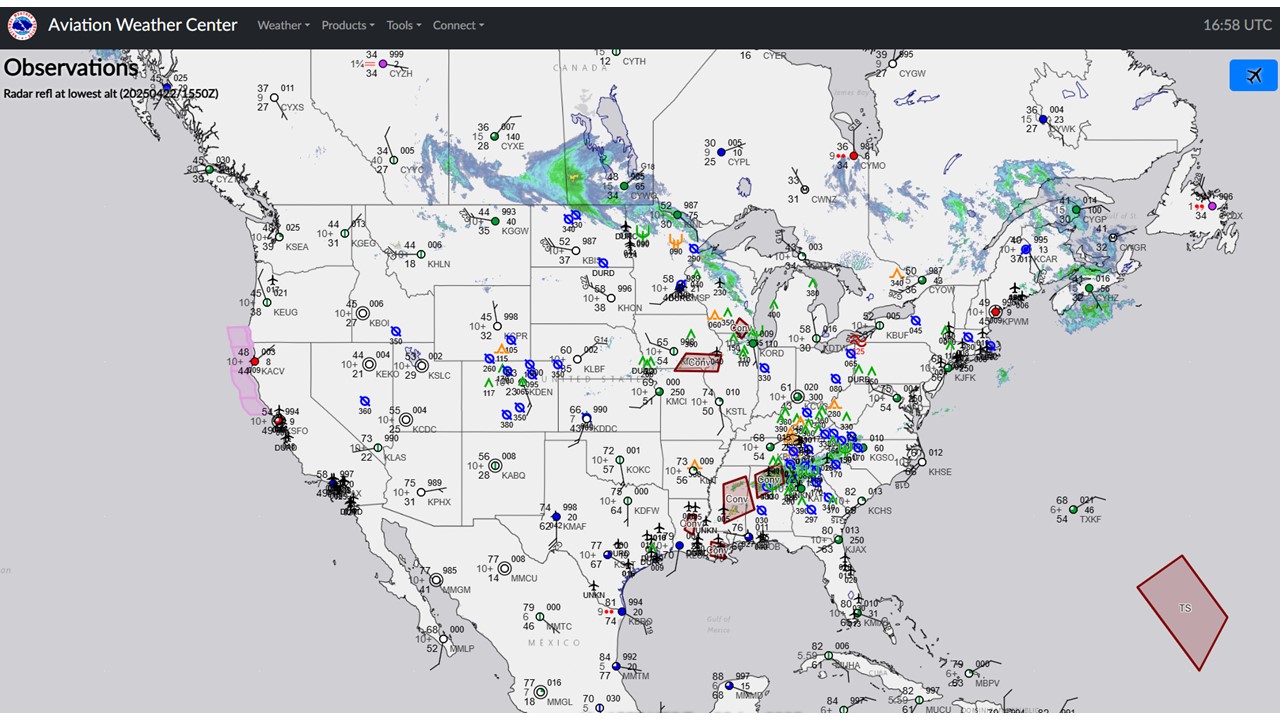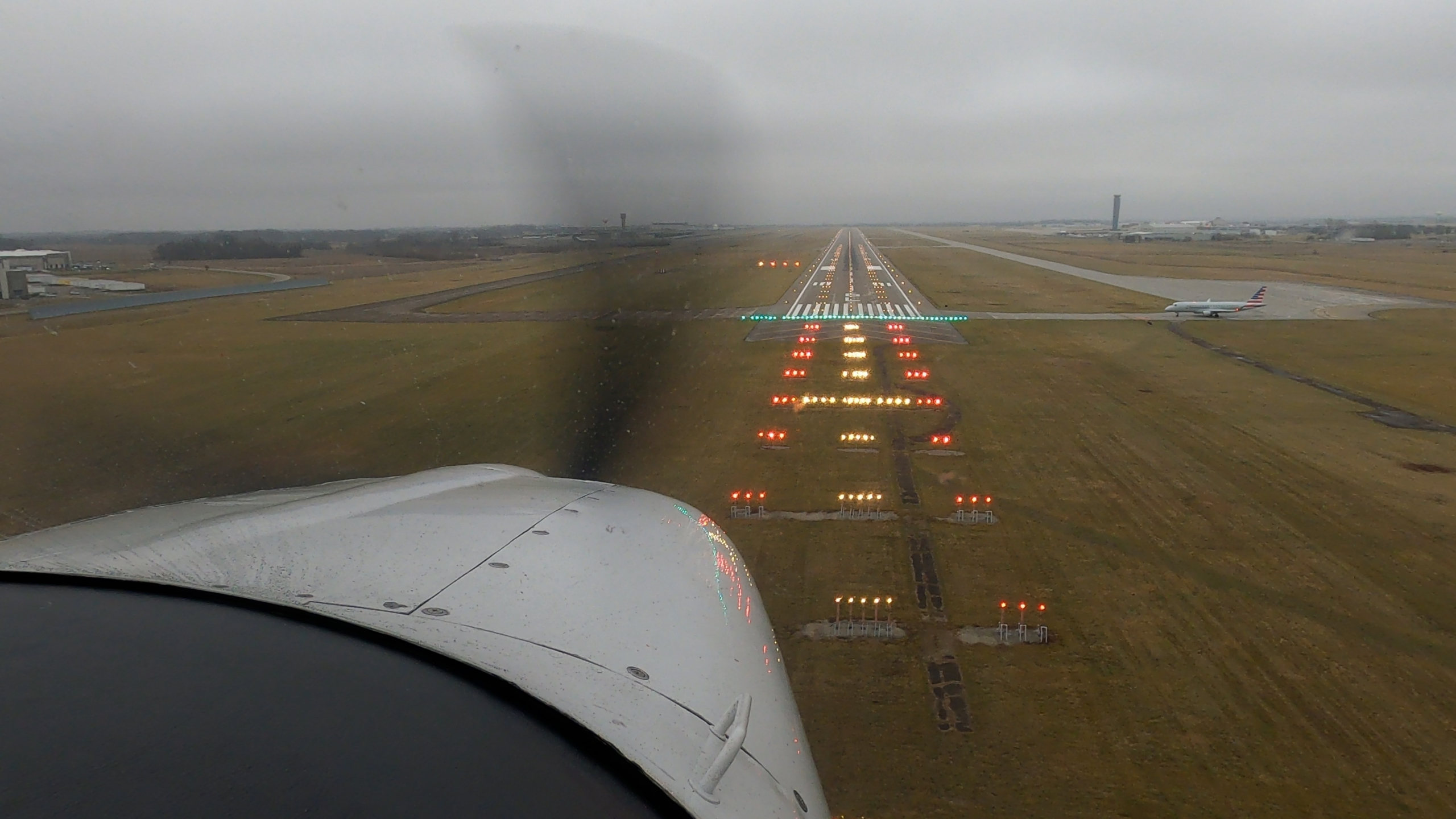Choosing the Right Alternate: IFR Rules vs. Real-World Decisions
|
Getting your Trinity Audio player ready...
|
Filing an alternate airport often feels like just another step in the IFR boxes to check. You type something familiar in the field, hit “file,” and move on. But when the weather doesn’t cooperate, that alternate airport can quickly become the most important part of your plan.
The regulations are straightforward enough. FAR 91.169 says you don’t need to file an alternate if, for one hour before and after your estimated time of arrival, the forecast calls for a ceiling of at least 2,000 feet and visibility of at least three statute miles. Many pilots know this as the “1-2-3 rule.” If either number is lower, you must designate an alternate, and that alternate must have at least one instrument approach available.
But while the regs define the minimum requirements, smart IFR flying is about going beyond the minimums. Choosing a useful alternate requires a blend of weather savvy, chart knowledge, and practical judgment. Here’s how to make that decision with confidence.

Step One: Big-Picture Weather Awareness
Don’t just skim the TAF for your destination. Consider what’s causing the forecast conditions:
-
Cold fronts may create pockets of low visibility right along your arrival route. Sometimes the best alternate is just ahead of or behind the frontal boundary.
-
Fog often requires a much larger diversion, especially if there’s no wind or a second cloud layer preventing solar heating.
-
Time of day matters. Conditions often improve after sunrise and deteriorate after sunset.
-
Terrain and elevation can affect ceilings — an airport 20 miles away but 500 feet lower might give you the clearance you need.
Modern planning tools like ForeFlight and Garmin Pilot make it easy to visualize these trends. A quick look at the Graphical Forecast for Aviation (GFA) can help confirm whether you’re picking an airport in better air or setting yourself up for the same problem twice.

Step Two: Legal Minimums
After narrowing down candidates, check the regulatory boxes. FAR 91.169 specifies standard alternate weather minima:
-
Precision approach available (ILS/LPV) → 600-foot ceiling and 2 miles visibility.
-
Non-precision approach only (VOR or LNAV) → 800-foot ceiling and 2 miles visibility.
But the chart may show higher, nonstandard requirements. Look for the black “A” symbol on the approach plate, which indicates exceptions. Often it’s as simple as “NA when local weather not available,” but sometimes the required ceiling and visibility are higher than the standard 600-2 or 800-2.
Remember: these requirements are for planning purposes only. Once airborne, your decision comes down to actual approach minimums, not planning numbers.

Step Three: Practical Considerations
A legal alternate isn’t always a good alternate. Ask yourself:
-
Does the airport have reliable weather reporting?
-
Is there fuel or FBO support if you divert at night or on a weekend?
-
Is the runway long enough and in good condition for your aircraft?
-
Would a towered field with ATIS make life easier in busy weather?
Thinking about services ahead of time can save you from an inconvenient or unsafe diversion.

Step Four: Avionics Limitations
Your panel also plays a role. If you’re flying with a first-generation IFR GPS (KLN94, non-WAAS GNS 430/530), you can only plan one RNAV approach between the destination and alternate — the other must have a non-GPS approach.
With WAAS navigators (modern GTN/G1000 NXi), you can file RNAV at both airports, but for planning purposes you must assume LNAV minimums. In reality, you can still fly the LPV if it’s available when you arrive.
Step Five: Planning vs. Reality
Flight planning happens hours before you actually arrive. By the time you’re established on an approach, the forecast may be irrelevant. That’s why datalink weather is invaluable: ADS-B allows you to confirm ceiling and visibility reports in real time and pick the best option.
Keep ATC in the loop, but remember they don’t see your filed alternate. It’s up to you to evaluate the current picture and decide where to go. Sometimes your filed alternate is still the best choice; other times it’s wiser to pick something new based on conditions.
Making Your Alternate Count
The alternate box on your flight plan is not a paperwork chore — it’s a risk management tool. Yes, the regulations set minimums, but the safest IFR pilots know how to combine those with weather knowledge, avionics awareness, and real-world practicality. When the destination isn’t an option, you’ll be glad you treated your alternate like more than a backup plan.
- Electronic Flight Bags—Legal Briefing - October 21, 2025
- Choosing the Right Alternate: IFR Rules vs. Real-World Decisions - September 12, 2025
- RNAV/GPS Instrument Approach Tips – LPV, LNAV+V and more (video tip) - July 4, 2025



Excellent article Bret !
In my country (Argentine) we have long distances with few alternatives airports. Most of them close at night, There are not only one reason in order to choose the ALT airport, just like you clearly explain each situacion.
Adrian Dundich PA-46 M600 – Buenos Aires -Argentine